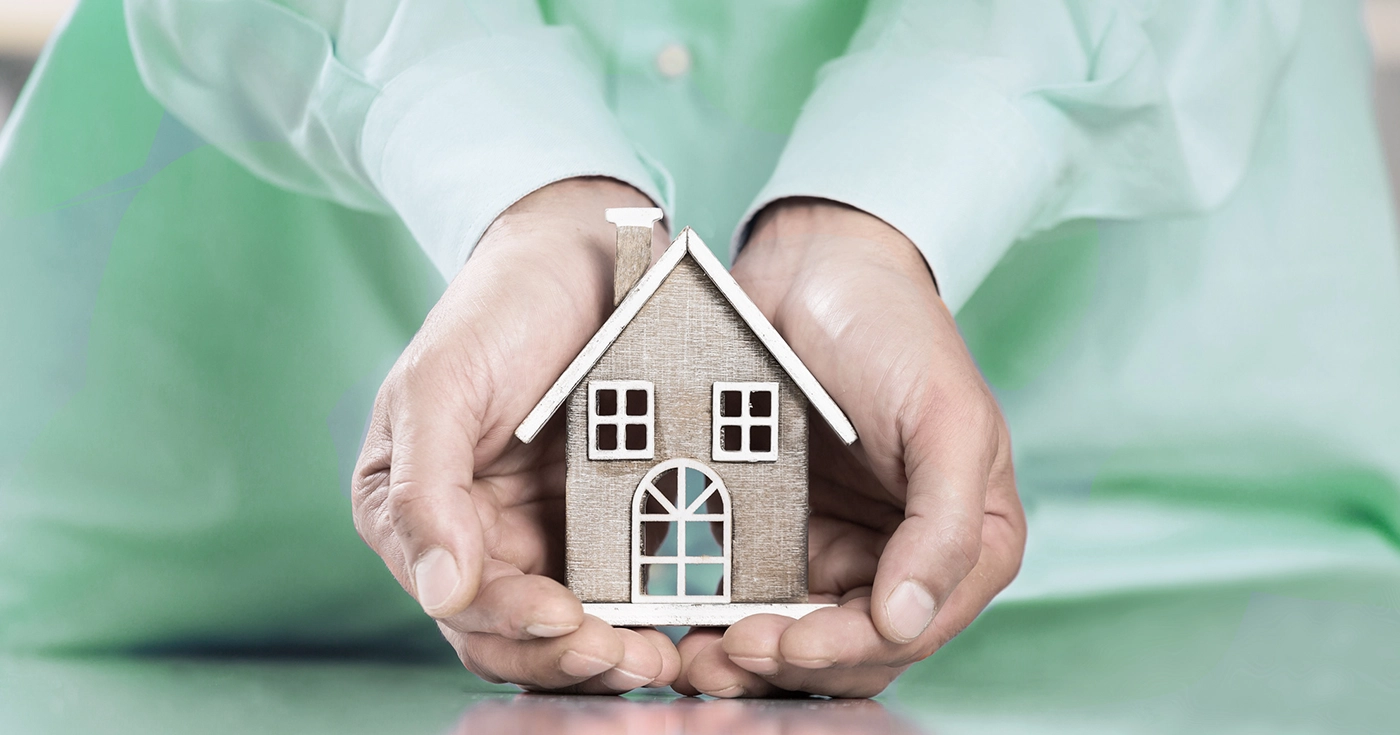
What are Urbanitae’s capital gains projects like?
Last Updated on 18 March 2025 by Urbanitae
Capital gains projects are our specialty at Urbanitae. Since June 2019, we have funded around 130 projects, with more than 60% focusing on capital gains. From a volume perspective, our capital gains projects (approximately 150 million euros) represent nearly double that of debt projects. If you have invested with us, you already know (almost) everything about them. If not, this article will provide you with all the information you need to know about capital gains projects at Urbanitae.
Equity and capital gains
To begin, you will often see us use the terms equity and capital gains projects interchangeably. Strictly speaking, equity refers to the project’s structure, while capital gains relate to the strategy. In an equity project, investors enter the company’s capital; this happens in both capital gains and rental projects.
The main difference lies in the investment objective. The capital gains strategy is based on the “buy, renovate, and sell” or “buy, build, and sell” cycle. We enter as capital partners of the developer and, therefore, invest in real estate development, with the associated level of risk and return. In this approach, we capitalize on the gains generated by improving the property or constructing homes and meeting market demand.
In rental projects, this approach is also present but towards the end of the project’s life. Assets rented to solvent and long-term tenants are purchased to generate recurring income from the rent. After three, four, or five years, at the end of the project term, the asset is sold to achieve capital gains.
How do capital gains projects work?
A typical capital gains project at Urbanitae would have these characteristics. As in 80% of our projects, it would involve a new housing development. Investors enter to capitalize on the Special Purpose Vehicle (SPV) created specifically for the project and to purchase the land or bear the project’s start-up costs.
This initial phase is followed by obtaining the license – if not already obtained – and marketing to achieve the pre-sales level required by the bank to enter the operation. Once these milestones are met, the developer’s loan comes in to finance construction. When construction is completed, the homes are delivered until reaching 100%. At this point, the created company is liquidated, and the generated profits are distributed among investors based on their contributions. The dividends received by the investor are net of expenses but subject to taxation.
Why do we undertake capital gains projects?
At Urbanitae, we have the flexibility to structure projects as debt or equity, giving us a comparative advantage over other alternative financing providers and real estate crowdfunding platforms.
We typically choose the capital gains strategy when the economic context makes the risk we assume with financing similar to what the developer faces. When this happens, we ask to be on equal terms regarding returns. Additionally, the residential market is easy to evaluate and offers margins to provide returns to investors within a timeframe not exceeding 36 months.
However, it’s essential to note that the timelines are estimates and may vary due to factors that are difficult to control – such as not selling at the expected price or pace, not securing bank financing for the project, or construction costs skyrocketing. Therefore, in Urbanitae’s capital gains projects, we always establish safety margins in our calculations to cushion potential difficulties and, thereby, trust that the expected results will be achieved or exceeded.
If you haven’t invested with us yet, take a look at our projects and feel free to ask any questions. We look forward to hearing from you!

